The Principle Of The Common Heritage Of Mankind
Original price was: ₹150.₹100Current price is: ₹100.
Explore the principle of Common Heritage of Mankind in global treaties—origin, scope, legal impact & disputes, —explained with reader-friendly treaty breakdowns. Instant download in PDF Formats. Uploaded On April, 2023
Download Now. Use It Forever.
Description
Dive into this expertly structured, easy-to-follow article exploring one of the most debated concepts in international law — the Principle of the Common Heritage of Mankind (CHM). From deep seabeds to the Moon, CHM governs the world’s shared spaces beyond national borders. With increasing global interest in shared resources and territories beyond national jurisdiction, understanding CHM is crucial for anyone studying or working in international law, diplomacy, or global governance.
What You’ll Discover:
-
Introduction to CHM: Trace the historical evolution, key events, and global needs that led to the emergence of the CHM principle.
-
Core Concept & Elements: Understand the definition, origin, scope, and characteristics of CHM with a focus on peaceful use, sustainability, intergenerational equity, and global benefit.
-
Treaty-Based Applications: Detailed analysis of how CHM is applied or implied in key international treaties:
-
The Antarctic Treaty (1959)
-
The Outer Space Treaty (1967)
-
The Moon Agreement (1979)
-
UNCLOS – Part VII (High Seas) & Part XI (Deep Seabed)
-
UNCLOS 1994 Implementation Agreement
A comparative chart makes it easier to see how different treaties interpret and apply the CHM principle.
-
-
Disputes & Criticism: Analyze real-world disagreements among states regarding CHM’s vague definition, its legal enforceability, and conflicting national interests.
-
Conclusion: Wrap-up with simplified insights and reflections on the principle’s evolving relevance in today’s geopolitical and legal context.
Who Should Read This?
-
International Law Students & Researchers
-
Global Governance & Policy Professionals
-
Legal Analysts & Academics
-
Diplomats & Environmental Negotiators
-
Competitive Exam Aspirants.

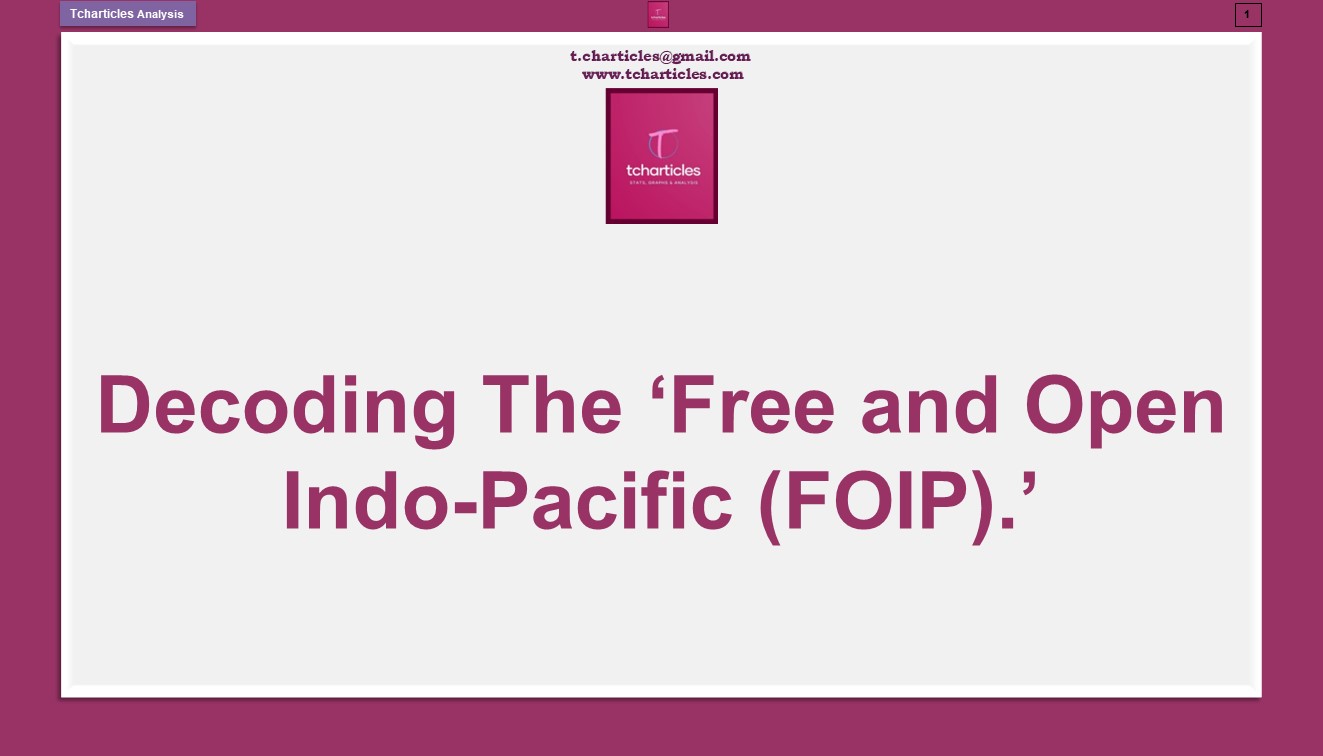
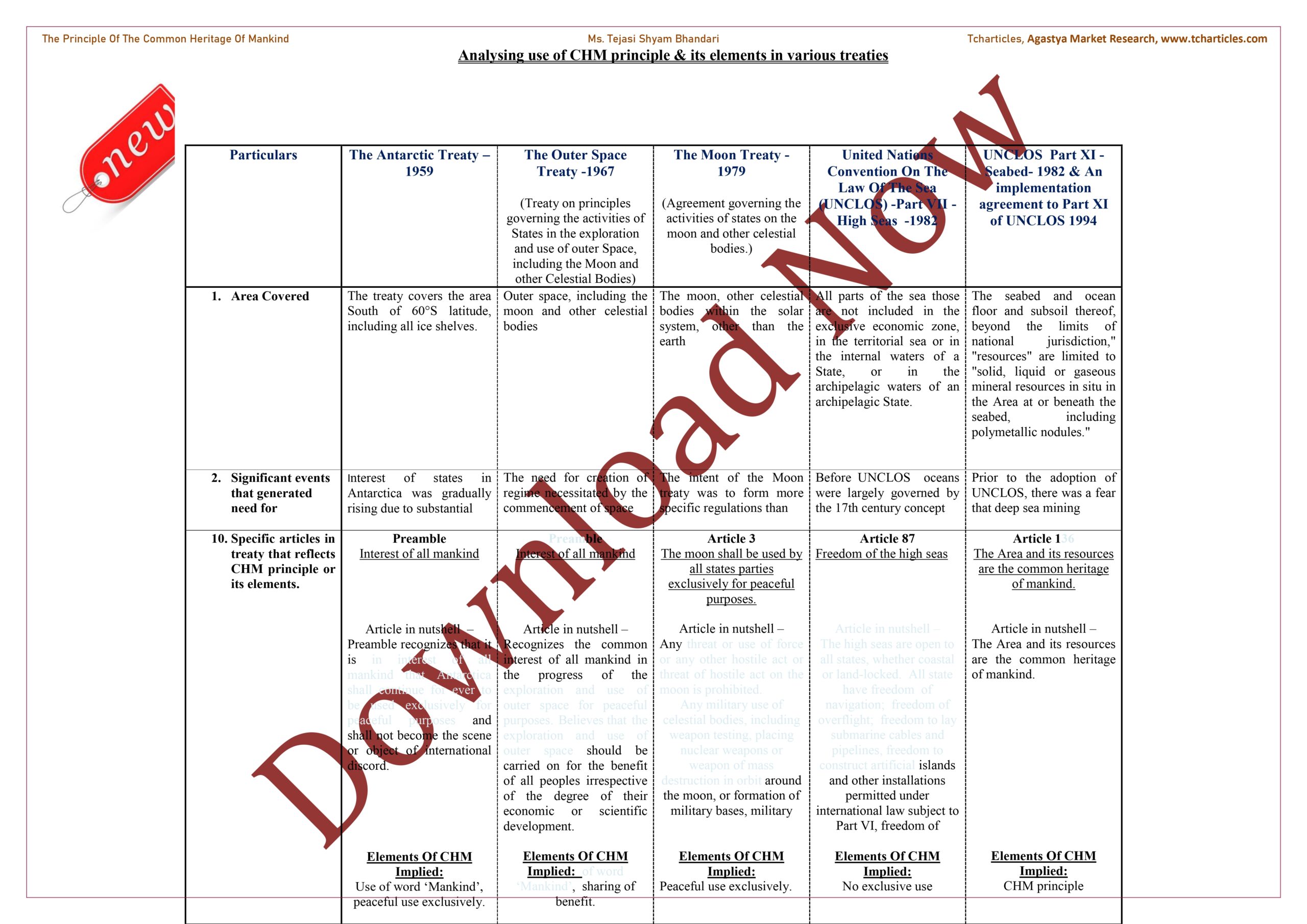
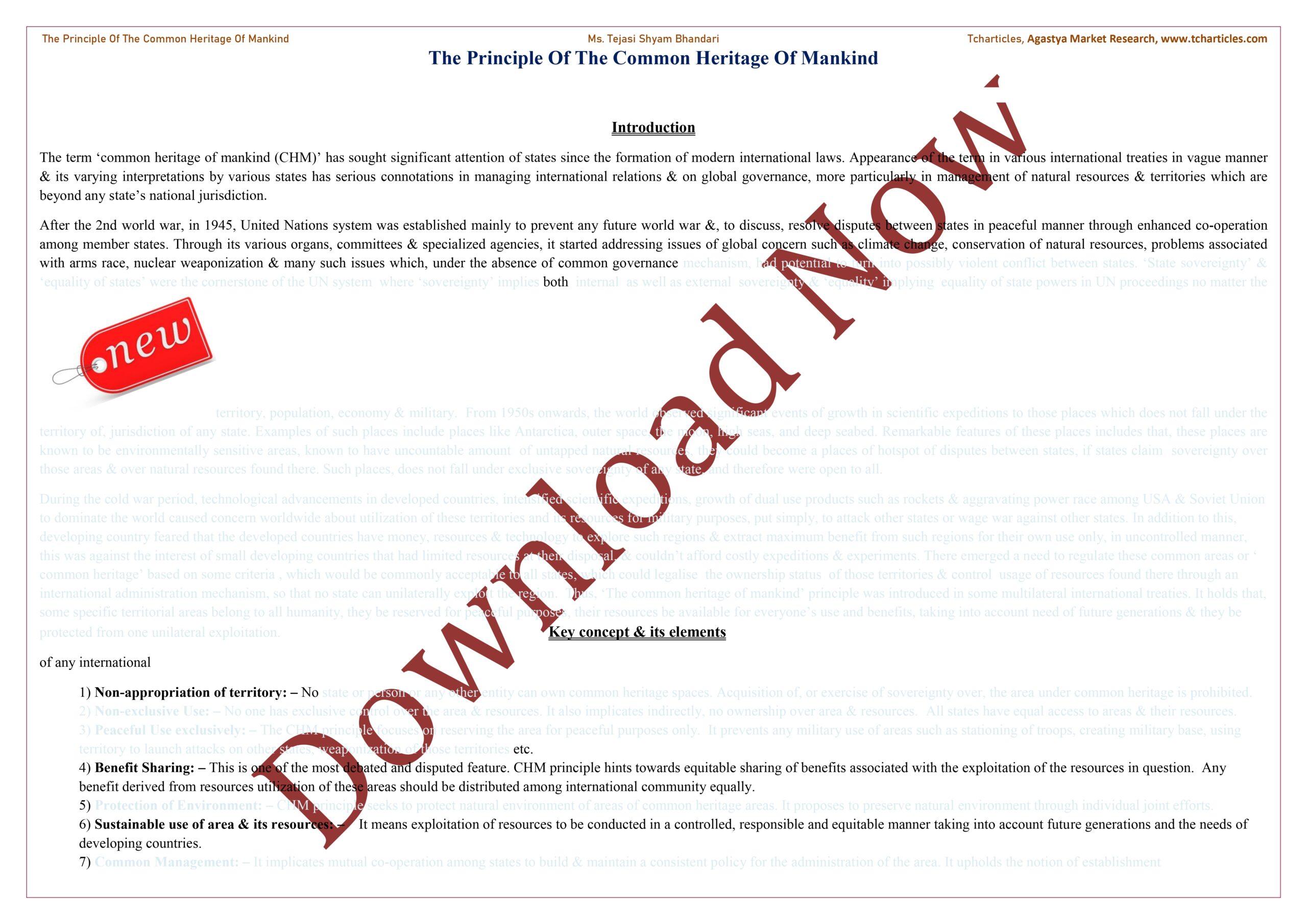
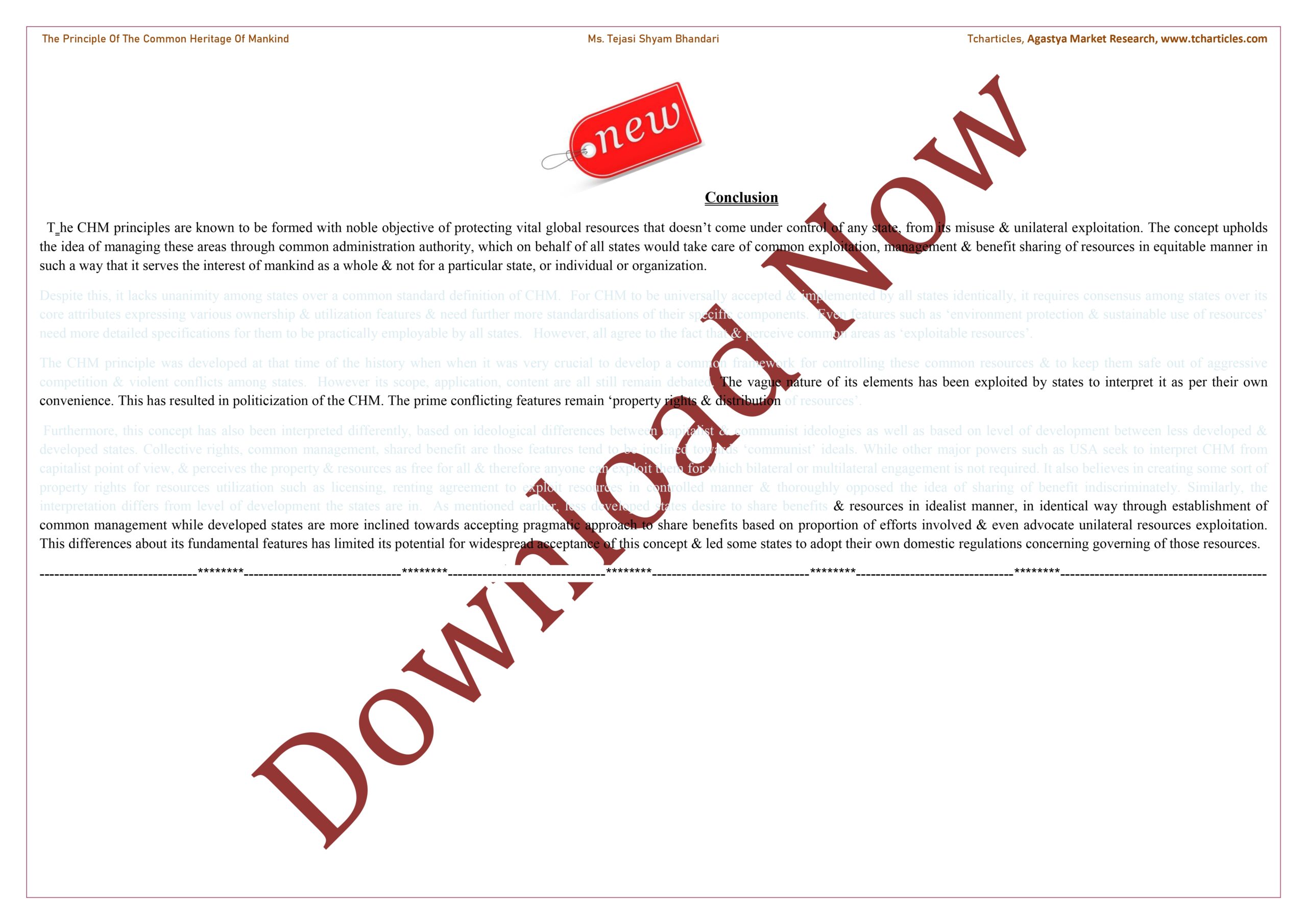
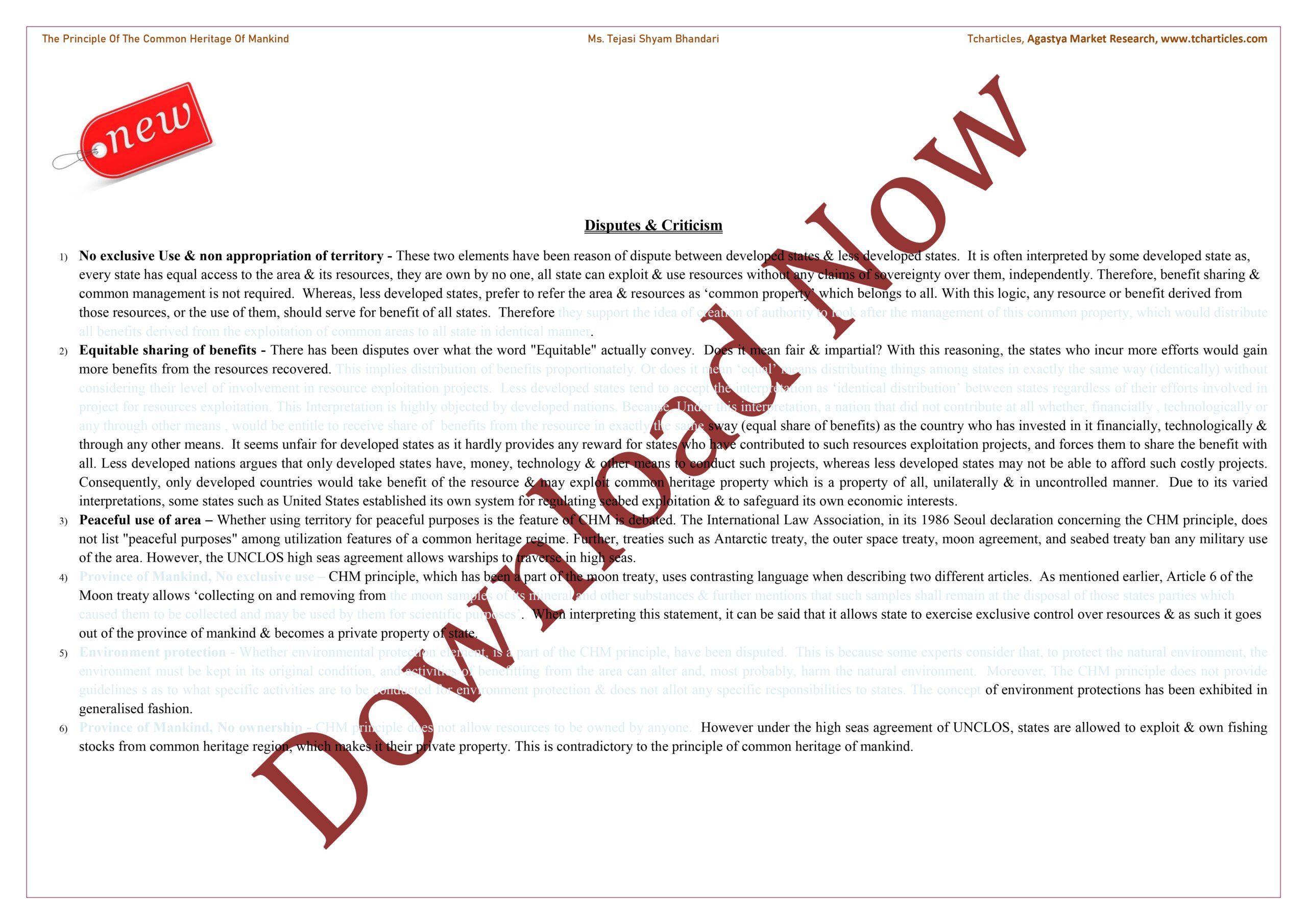


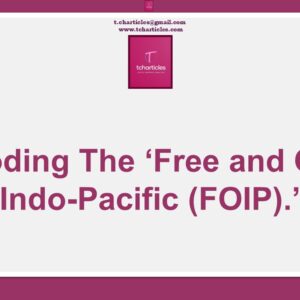
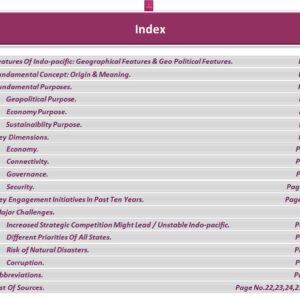
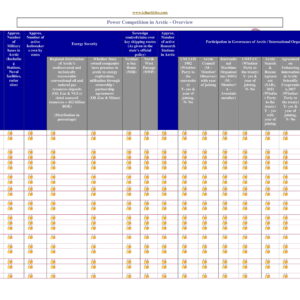

Rajesh Sharma –
I like your research article. I downloaded this one & it is good .
Suahana K R –
Good job, ! Well researched article
Nikhita –
This research explains international laws in table format 1 by 1 each article of international relations pertaining to commen heritage explained in breif seperately. I appreciate it.
Sarang –
Good research article
Abdul –
OK
Maitrayee –
I downloaded it yesterday, its a good article. Very few sites are there where such articles focused on political science are available.